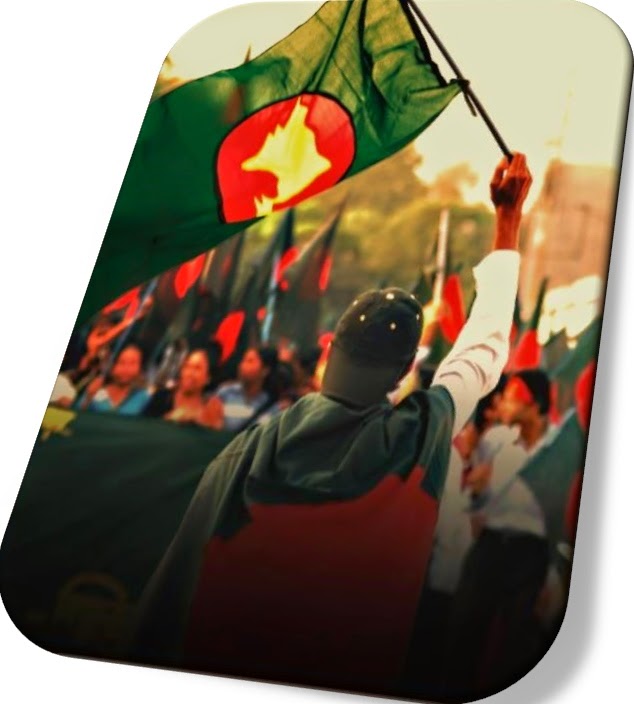The History of International Mother Language Day
 International Mother Language Day is
celebrated every year on 21st February. The main purpose of celebrating
this day is to promote the awareness of language and cultural diversity
all across the world. It was first announced by UNESCO on November 17,
1999. Since then it is being celebrated every year. The date represents
the day 21st February 1952 when four young students were killed in
Dhaka, the capital of Bangladesh, because of Bengali and Urdu language
controversy. Languages are the most powerful way to preserve and develop
culture and to promote it all across the world. Because of this unfortunate incident,
International Mother Language Day is celebrated in all over the world,
while it is a public holiday in Bangladesh. http://www.unesco.org/new/en/international-mother-language-day/
International Mother Language Day is
celebrated every year on 21st February. The main purpose of celebrating
this day is to promote the awareness of language and cultural diversity
all across the world. It was first announced by UNESCO on November 17,
1999. Since then it is being celebrated every year. The date represents
the day 21st February 1952 when four young students were killed in
Dhaka, the capital of Bangladesh, because of Bengali and Urdu language
controversy. Languages are the most powerful way to preserve and develop
culture and to promote it all across the world. Because of this unfortunate incident,
International Mother Language Day is celebrated in all over the world,
while it is a public holiday in Bangladesh. http://www.unesco.org/new/en/international-mother-language-day/
International Mother Language Day has been observed every year since
February 2000 to promote linguistic and cultural diversity and
multilingualism. The date represents the day in 1952 when students
demonstrating for recognition of their language, Bangla, as one of the
two national languages of the then Pakistan, were shot and killed by
police in Dhaka, the capital of what is now Bangladesh. Languages are the most powerful instruments of preserving and
developing our tangible and intangible heritage. All moves to promote
the dissemination of mother tongues will serve not only to encourage
linguistic diversity and multilingual education but also to develop
fuller awareness of linguistic and cultural traditions throughout the
world and to inspire solidarity based on understanding, tolerance and
dialogue.
 On International Mother Language Day
UNESCO and other UN agencies take part in the events to promote cultural
and linguistic diversity all around the world. They appreciate and
encourage people to be knowledgeable about their mother language and
provide them with awareness regarding the promotion of their language
and culture towards other countries. In Bangladesh on International
Mother Language Day people go to Shaheed Minar to pay tribute to the
martyr of 21st February and sprinkle flowers on the monument. This is a
time for Bangladeshis to celebrate their culture, traditions and their
Bengali national language. The prizes are given to those who made
outstanding performance in language and cultural diversity.
http://www.un.org/en/events/motherlanguageday/background.shtml
On International Mother Language Day
UNESCO and other UN agencies take part in the events to promote cultural
and linguistic diversity all around the world. They appreciate and
encourage people to be knowledgeable about their mother language and
provide them with awareness regarding the promotion of their language
and culture towards other countries. In Bangladesh on International
Mother Language Day people go to Shaheed Minar to pay tribute to the
martyr of 21st February and sprinkle flowers on the monument. This is a
time for Bangladeshis to celebrate their culture, traditions and their
Bengali national language. The prizes are given to those who made
outstanding performance in language and cultural diversity.
http://www.un.org/en/events/motherlanguageday/background.shtml

.jpg)



.jpg)














